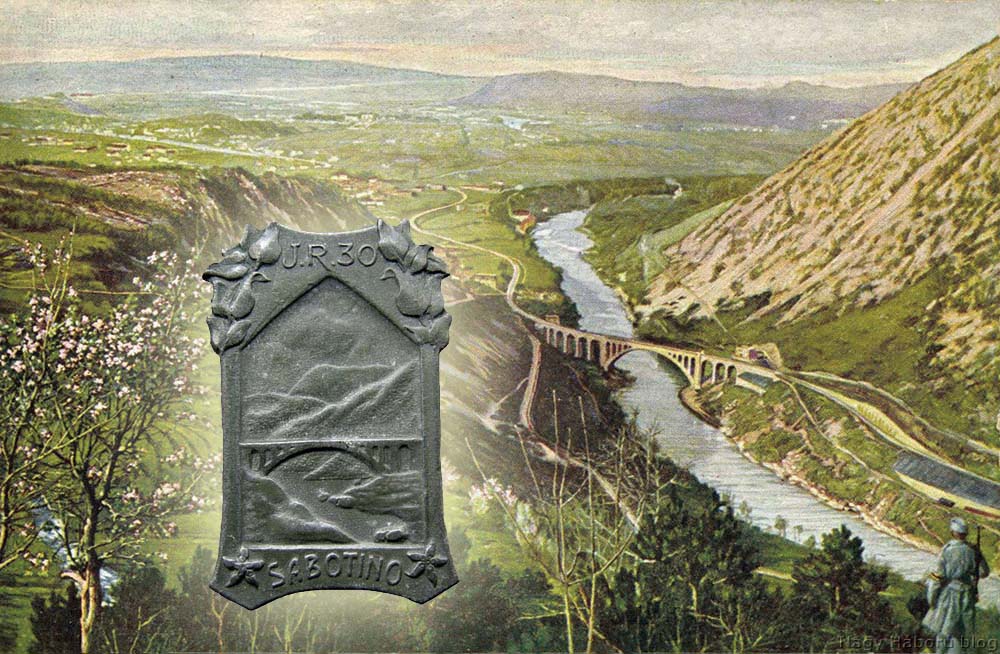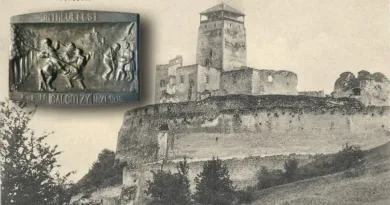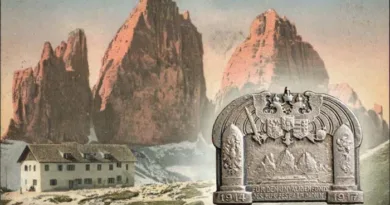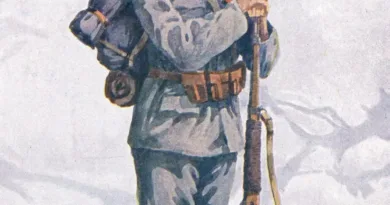Salcano viaduct
In the Isonzo Valley, an important north-south railway line connecting the coast with Styria and the Laibach Basin was built and opened in 1906. The track leading through the mountain terrain reaches the flat countryside next to the village of Salcano. The last steeper mountain is the Sabotino on the right bank of the Isonzo, then in front of Salcano the railway crosses to the left bank of the river and runs into the area’s capital, Görz. The high shores are crossed by a beautiful viaduct at this point of the river: the valley bridge of Salcano. Somehow, this bridge has always appeared to me as a symbol of the Great War. Maybe because it was on the cover of one of the photo albums that captured the events of the war. I do not know.

With a length of 219.7 meters, the viaduct is the longest railway stone bridge in the world to this day. The width of its central arch is 85 meters. It was designed by architect Rudolf Jaussner and engineer Leopold Oerley. It was built of 4553 concrete blocks.

The bridge, the river valley and the town of Görz in the distance were best photographed from the side of Monte Santo on the left bank of the Isonzo. The postcard attached to the post was also made there, but so were most of the photographs taken during the war.

The original press photos show the history of the bridge during the Great War. The Italian attack quickly reached the banks of the Isonzo in the summer of 1915, so the railway line running there lost its significance. The connection of Görz to the east was then solved by the Trieste railway line. The fall of the Görz bridgehead sealed the fate of the viaduct. Prior to the arrival of the Italians it was blown up by troops from the Monarchy.

The second and third photos show the demolished state of the bridge. After the expulsion of the Italians, pioneer units of the Monarchy temporarily restored the valley bridge, and the railway line was reopened. The Italian state, which took possession of the area after the Great War, renovated the bridge in 1927 and it still operates today.

The cap badge attached to the post is the badge of the 30th Infantry Regiment. From November 1915 to August 1916, until the liquidation of the Görz bridgehead, the regiment took part in the protection of Mount Sabotino, which rises on the west side of the bridge. More about the regiment can be found here. Opposite is the protrusion of Monte San Gabriele on the other side. In the distance is Görz, the castle of Görz, and then the Karst Plateau closes the picture on the horizon.




